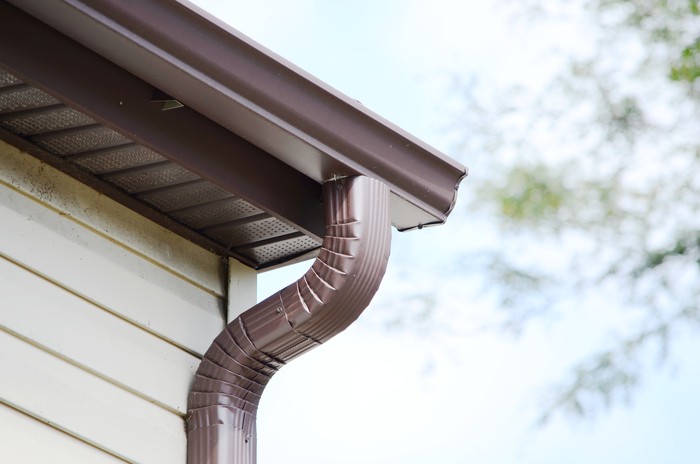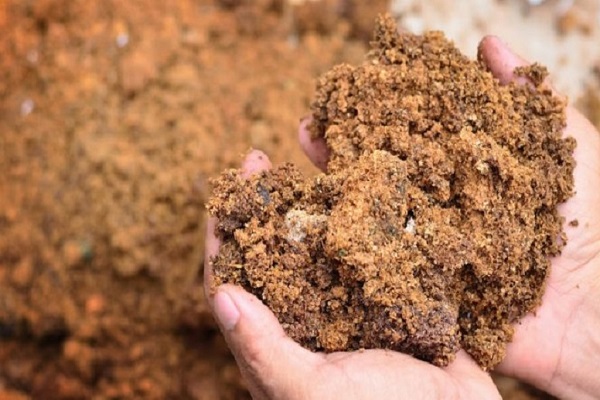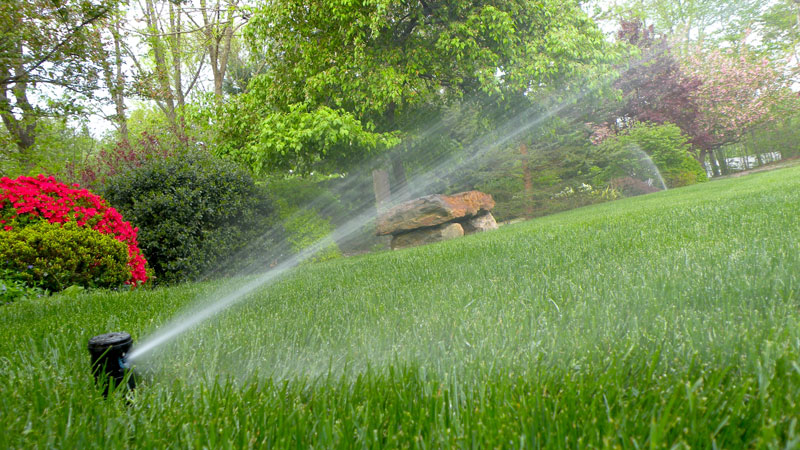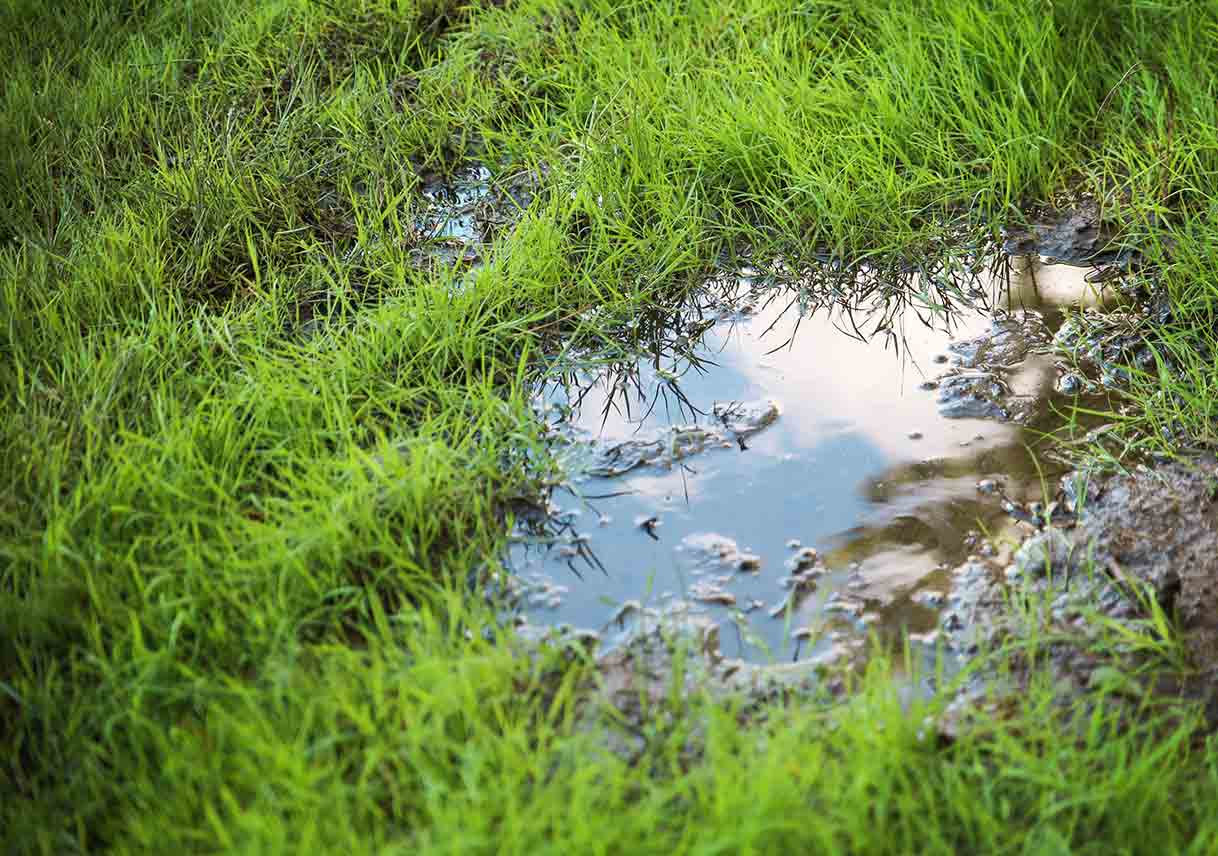One of the most common problems that happen when the rainy season comes is a swampy garden. You will suddenly have some unwanted ponds that make your backyard look less appealing. Well, stagnant water is not only about the look but also can cause several problems as well like mosquito manifestation, pest attraction, mud tracks, moss growth, and damaged foundation.
Check also this service: Floodservices
There are a few reasons that cause stagnant water. such as:
- Poor roof water drainage. You can check this problem from some spots of your roof drainage such as gutters, downspouts, and downspout extension.
- Poor grading. This means that the slope elevation around your home that might cause water pooling around the foundation instead of going to the drainage system. according to The International Residential Code, there should be at least a 6 inches drop in elevation within the first 10 feet of the foundation, walkways, and driveway.
- Landspace border. If you have a garden with a border, you might want to double-check its look because the border can be the problem that causes the water pooling around instead of going down.
- Too much water. Watering your lawn is indeed good but overwatering will only make your yard becomes a pond. Most professionals recommend not watering the lawn every day which means that once a week is enough.
(You may also love these: 10+ Backyard Decoration Ideas to Beautify Your Cozy Space)
How to Fix Stagnant Water in the Backyard
To fix stagnant water, you don’t have to hire a pro because you can do it by yourself by doing some prevention, double-check some facilities around your yard, and fix the landscaping if needed.
Tips 1: Check the Roof Drainage

First of all, check your roof drainage to make sure that it has a clean system for the water to go down to the right place.
- Gutters: check if it’s clean or full of debris because it may make the roof becomes sloppy and bent so the water drop to the ground right away. If it’s full of debris, you have to clean it thoroughly.
- Downspouts: check if your roof drainage has a downspout to help the water flows to the right place instead of flooding around the foundation.
- Downspout extension: this one is another part of the pipe to prevent water from pooling around.
Tips 2: Check the Soil

The most common cause of the waterlogged backyard is the type of soil itself. You may have a yard with clayey soil which is bad for drainage compared to sandy soil. Amend it with organic matter like the bark of wood chips and leaves that can improve the drainage by breaking up the hardness of the soil. You can also use compost as another alternative.
(You may also love these: Fresh Garden Ideas For The Springtime)
Tips 3: Less Watering

Watering plans too much or too often could also cause stagnant water because your plants that already have enough nutrients won’t absorb more than they can take, especially when you have clayey soil. Reduce the amount and time of watering your garden.
(You may also love these: How to Plan a Perfect Backyard Fence | 4 Tips to Know)
Tips 4: Consider Thirsty Plants

Adding some plants that get easily thirsty can help to get rid of stagnant water and prevent it from happening again. Plants like willow trees, pachysandra, and shrubs are some good options that you can consider. They can suck up the extra water in your backyard which is good for you who live in areas with a lot of rain.
(You may also love these: 4 Easy Guides On How To Hang String Lights In Backyard Without Trees)
Tips 5: Maximize the Drainage

The last step is installing some drainages in your backyard (it can also become the last effort to handle the problem). The French drain is the most favorite option that you can keep in mind since it can also give a more attractive touch to the overall look of your outdoor living space.
You just simply need some gravels, PVC Pipes, and landscaping fabric as the main materials of the French drains. Determine the spot where you want to install your French drain, dig the slopes, and lay those materials. Keep in mind to pay attention to the exit point of the water that may affect your neighbors. You may need to find out the local codes and get some permission before you can build the drains.
(You may also love these: 10+ Backyard Oasis Ideas to Freshen Up Your Backyard Ambiance)
So those are the steps that you can follow to get rid of stagnant water in the backyard and solve the problem by yourself. Please note that these methods are applicable to people who have clayey soil. You might need different ways if you have different cases.
